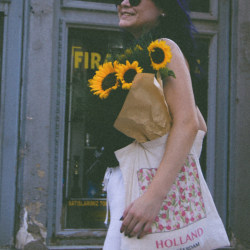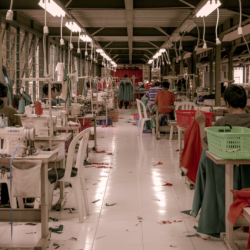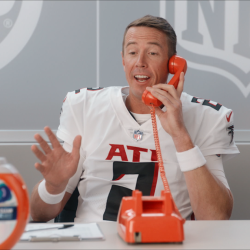If you’ve paid much attention to the news over the last few years, you may feel that it has been unusually bad — from Brexit to Covid, and now the war in Ukraine and a cost-of-living crisis. The stories around sustainability are not any more positive, particularly with some making use of scaremongering techniques.
While our brains are wired to be drawn to negative information, this is processed more slowly. Negative information can also distract from the main message and make us react slower. As such, it can inhibit us from taking the desired action rather than encouraging us to change our behaviour, as I wrote in a previous article. This calls for another approach to encourage people to make more sustainable choices, by taking a hope-filled, positive approach to sustainability!
But, why hope?
Behavioural science has shown that humans are not rational creatures. Hope, in particular, appears to be irrational on the surface, as it makes us focus on the potential positive outcomes over any negative scenarios. Some could even say that it is not that different to wishful thinking. But hope goes way beyond this!
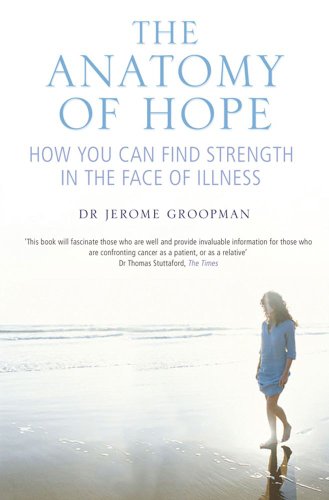
Zen master, Thich Nhat Hanh, known as the “father of mindfulness“, once said that “hope is important because it can make the present moment less difficult to bear. If we believe that tomorrow will be better, we can bear a hardship today.” This nicely summarises the importance of having hope today and there is a lot of truth (and scientific evidence) behind this.
Having hope is crucial for our brain. A lot of research has gone into showing the effects and benefits of hope. As documented by Jerome Groopman in The Anatomy of Hope, hope can alter the neurochemistry of the brain”, as it leads to “releasing endorphins and enkephalins, which mimic the effects of morphine.” Endorphins can block the nerve cells that receive the pain signals, or in other words, turn off pain, and so help us continue functioning, even in painful or stressful situations.
Hope was also shown to protect the brain against anxiety (Wang et. al., 2017) and is associated with lower mortality rates (Stern et. al, 2001), as it is believed that it prompts people to make better, healthier choices.
According to psychologist Charles Snyder, a pioneer on the topic who developed the Hope-Theory, hope is defined as “the perceived ability to produce pathways to achieve desired goals and to motivate oneself to use those pathways”. As such, hope is not only rooting for positive outcomes, but also looking for ways to get there and staying motivated in the process.
What does this mean for brands who want to encourage sustainable choices?
As discussed in Walnut UNLIMITED’s white paper on Six Steps to Sustainability: a positive approach for brands, consumers are showing readiness to make changes when it comes to living more sustainably. Furthermore, people have an innate need to feel hopeful, which drives us to work together towards a better future.
In the commercial world, this translates to consumers being attracted to businesses with a higher purpose, strong moral compass, or a clear contribution to societal good. Our latest research in UNLIMITED’s Human Understanding Lab shows that brands working towards becoming a sustainable business attract greater consumer attention. From December 2021 to December 2022 there was nearly a 10% increase in the number of people reporting “I notice which brands are actively seeking to help the environment.“
As such, brands can benefit from showing their environmental efforts, and must recognise that doom and gloom or shaming people is counterproductive. It is clear that hope is a much better driver of positive change and that if we can focus on the hopeful message that most people are ready to change, perhaps we can encourage more people to look beyond the self and work towards a better future for everyone.
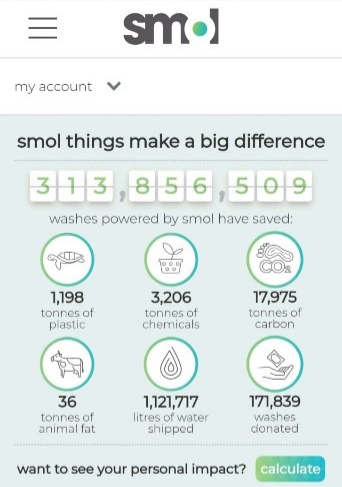
Multiple brands have started communicating a message of hope. For example, Budweiser, who made the commitment that each beer brewed globally will be brewed with 100% renewable electricity by 2025, used a reverse poem to give hope in their Turn It Around campaign. While here a serious tone was taken, through brand tone and creative execution, hope and optimism can also be conveyed in a fun and even humorous way.
Furthermore, showing any positive results and the individual impact will provide important feedback loops, which will further build on hope and show that change is possible! Smol is probably one of the best examples of how they keep their customers engaged to continue choosing their eco-friendly products. Smol show the impact of their 300+ million washes.
In a world with so much negative news, the public is desperate for some good news and as we have seen, consumers will be more open to and more likely to take action when it comes to a message of hope. There is no Planet B, but there is hope!
Featured image: cottonbro / Pexels




























